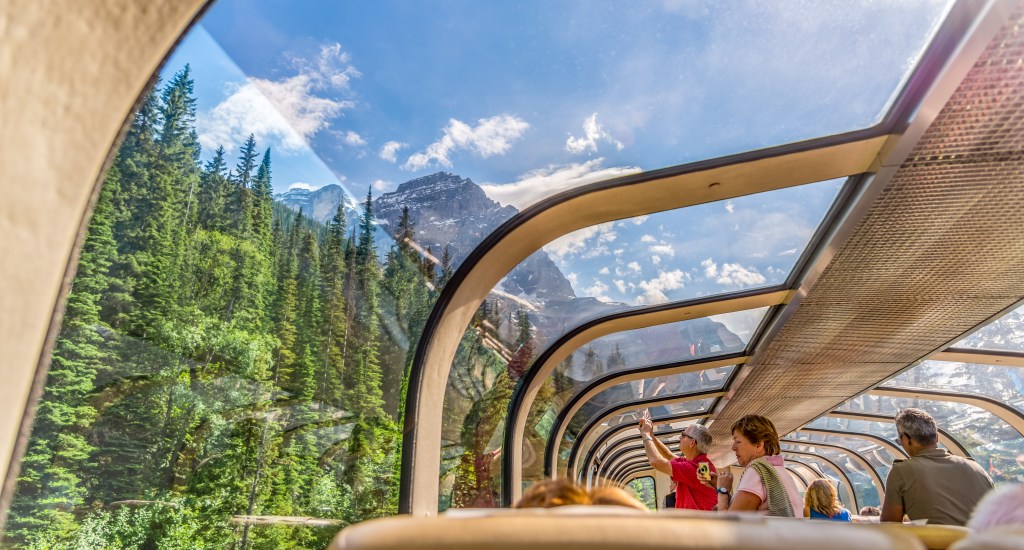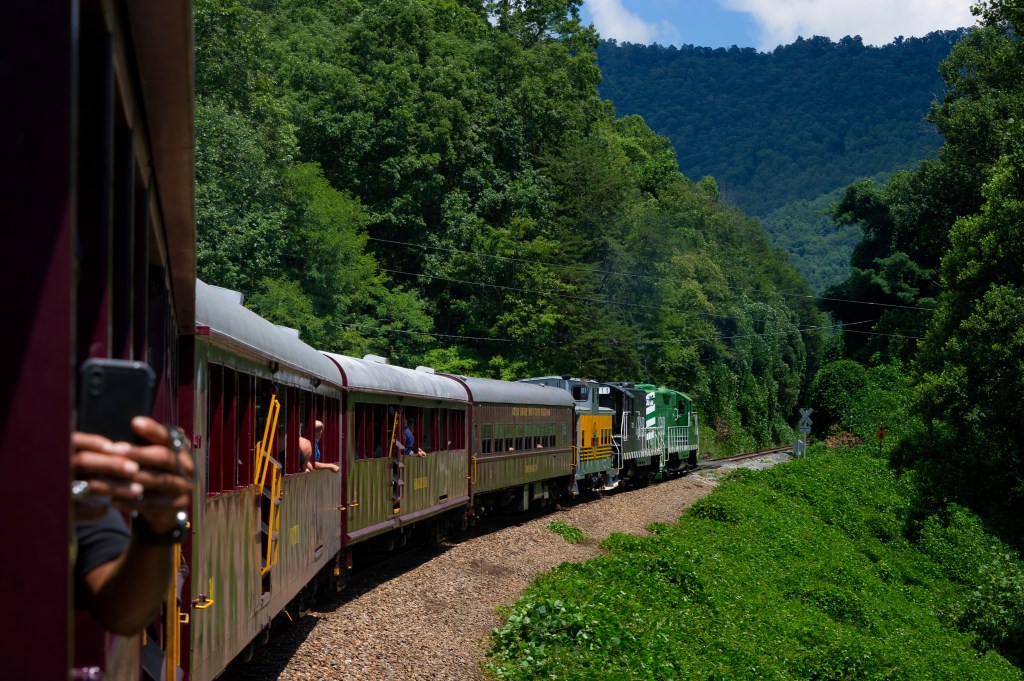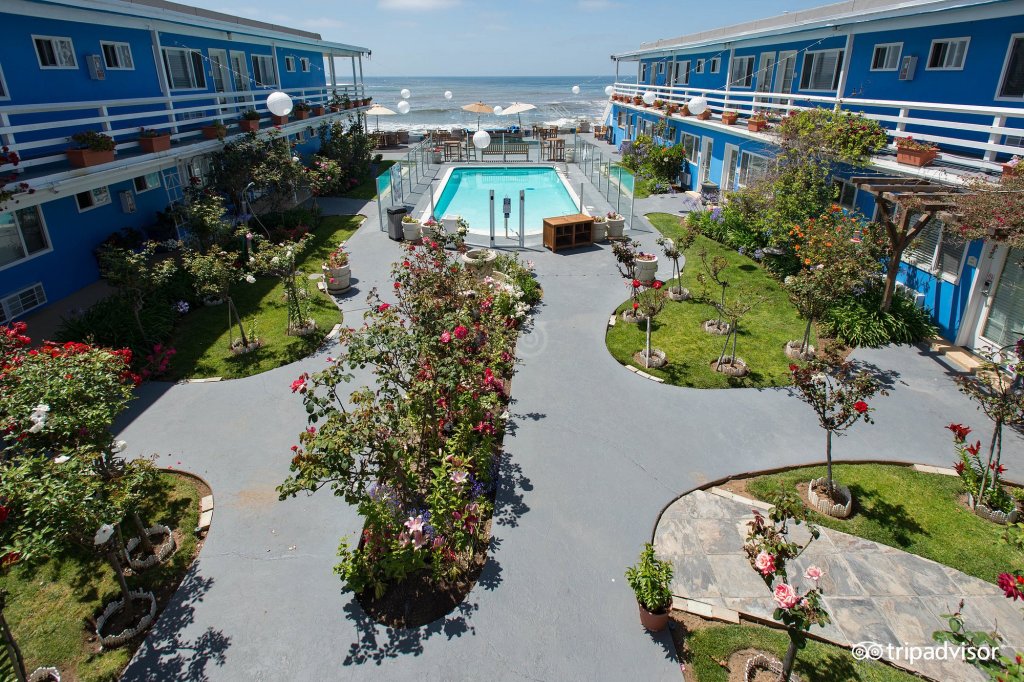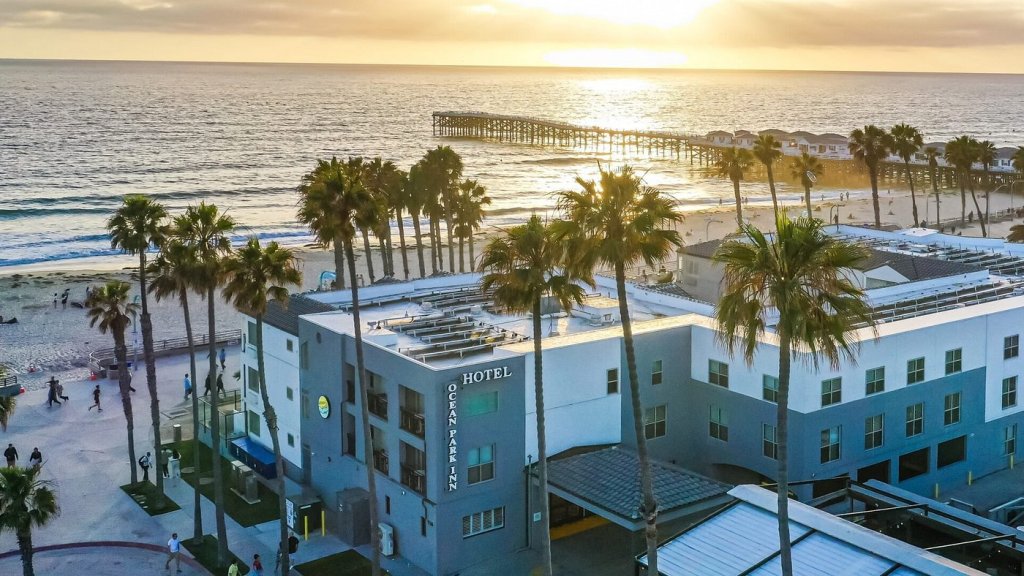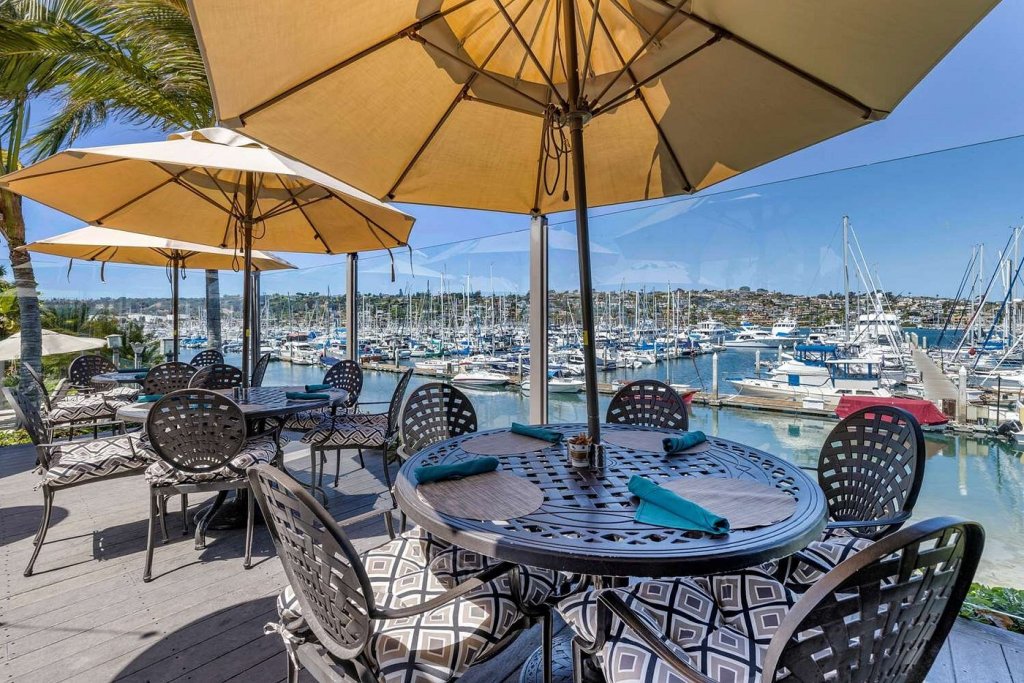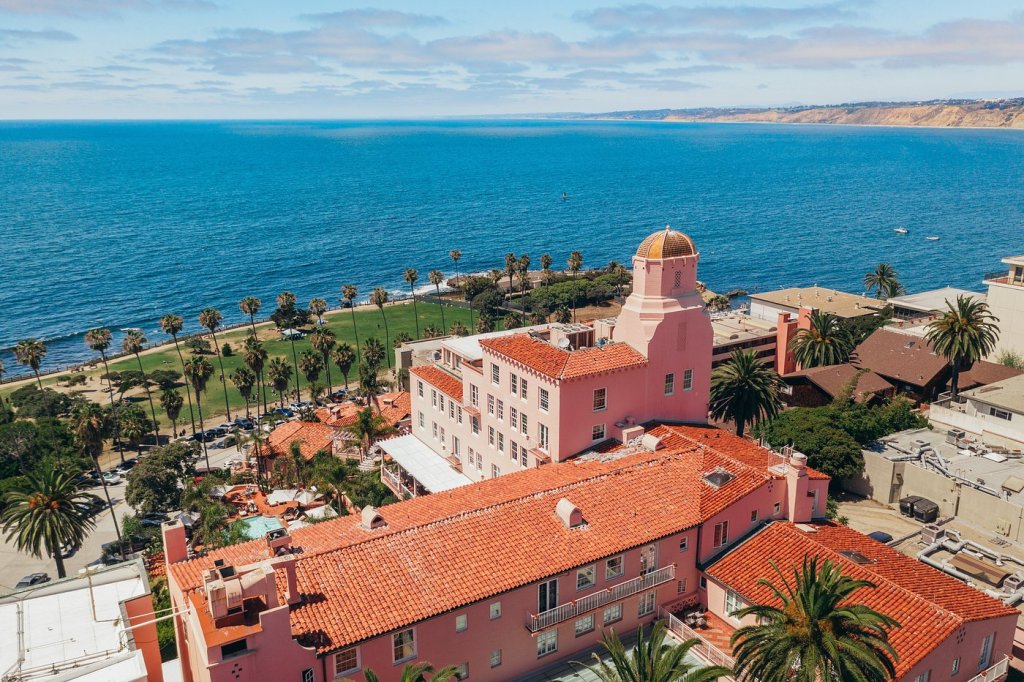I don’t usually think of romance when I think of Las Vegas. In fact, historically, I would say Las Vegas is a place where romance goes to die.
But that’s the old Vegas—one that was focused more on casinos and no-holds-barred lounges. In 2025, Las Vegas is more appropriately billed as a total entertainment mecca. Sure, you can still find those adults-only establishments, but you’ll notice they’ve moved farther underground to make way for more family-oriented adventures.
It’s gone from the City of Sin to the City of Lights, in other words.
Even couples will find there are ample opportunities for a romantic getaway.
And while most of the focus in Vegas is on its massive, larger-than-life casinos and live performances, that’s hardly the end-all of a great time—especially where romance is involved.
Want a short list of the best places to take your romantic partner that’s not a buffet or cafeteria? Head to these romantic restaurants in Las Vegas, along with these bars, for when you just want a drink.
They ooze the type of intimate ambiance that makes for memorable dates. That, plus lauded menus with delicious eats.
Most romantic restaurants in Las Vegas—plus, great bars
Peppermill Restaurant and Fireside Lounge
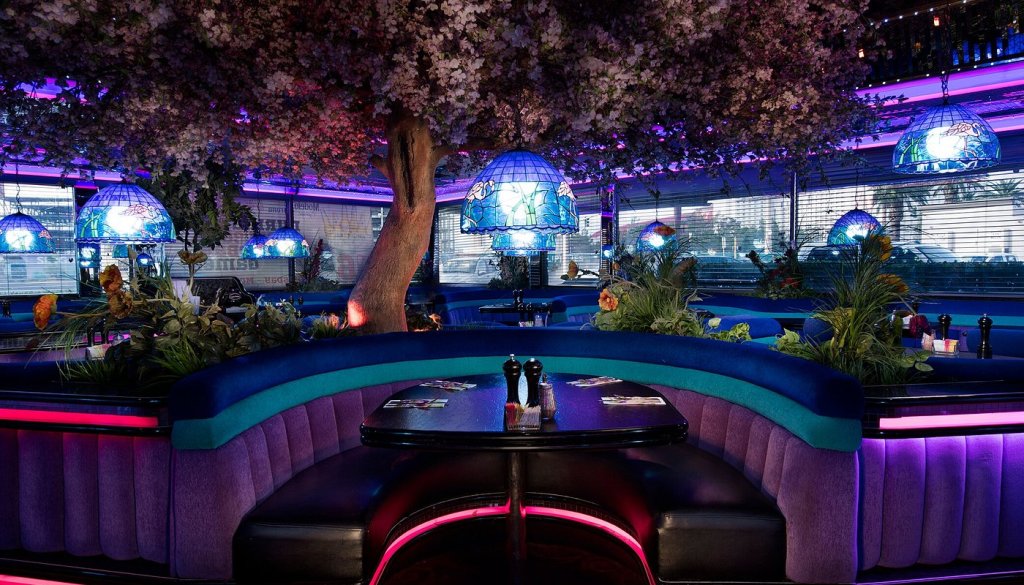
Who says only upscale, hoity-toity restaurants offer romance? In true Vegas style, I’m kicking off this list with a kitschy, neon-lit diner-style restaurant with a reliable menu. Is the ambiance austere? No, but you’re going to love it, especially at 3 am on a Thursday when you’re desperate for a bite to eat and your lover is getting hangry.
Eiffel Tower Restaurant
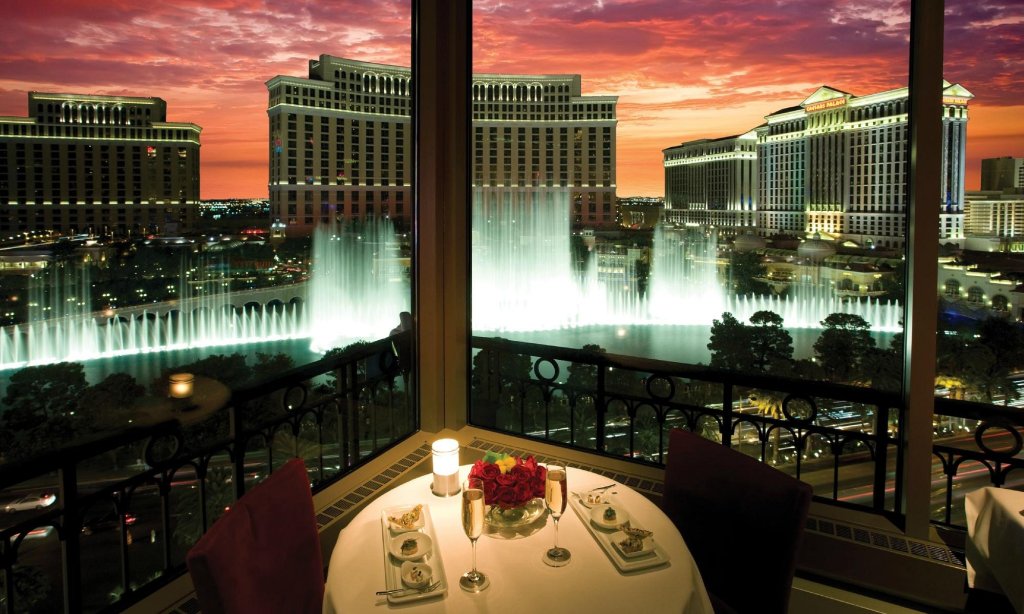
If you can’t hack a trip to Europe (understandable—it’s pricey), ferry your beloved off to the Eiffel Tower Restaurant and book that window seat. You’ll have front-row views of the Bellagio’s water show, which you can enjoy as you sample a highly rated French menu. It’s easily one of the most romantic shows you’ll find on the Strip—without overpaying, too.
Sinatra

This stylish homage to Frank Sinatra hits all the right notes, from its décor to its Frank-would-approve menu to its high-end prices. While you’ll be paying big, expect a top-notch meal and highly attentive service. It’s also a very photogenic restaurant in case your partner loves a little photo op.
Herbs and Rye

Can’t figure out if you want a great bar or a delicious restaurant? Have them both at Herbs and Rye. Though it’s renowned for whipping up some of the best cocktails in the city, its menu is also reliable. Plus, the décor oozes intrigue thanks to its speakeasy-style accents and moody lighting. (You can go for drinks only.)
Wing Lei

Get creative with your date night at Wing Lei, which serves up Cantonese, Shanghai, and Szechuan specialties in a dim sum style. With a five-star rating from Forbes and a Michelin star under its belt, Wing Lei offers a creative, memorable meal—especially if you’re date is a foodie with a thing for Peking duck.
Toca Madera

Fill your stomach at this shiny, new Mexican steakhouse—but expect a show, too. Toca Madera offers live musical performances, along with fire shows from some of Vegas’s top artists. As an added bonus, the menu focuses on sustainable and local ingredients.
The Laundry Room (bar)
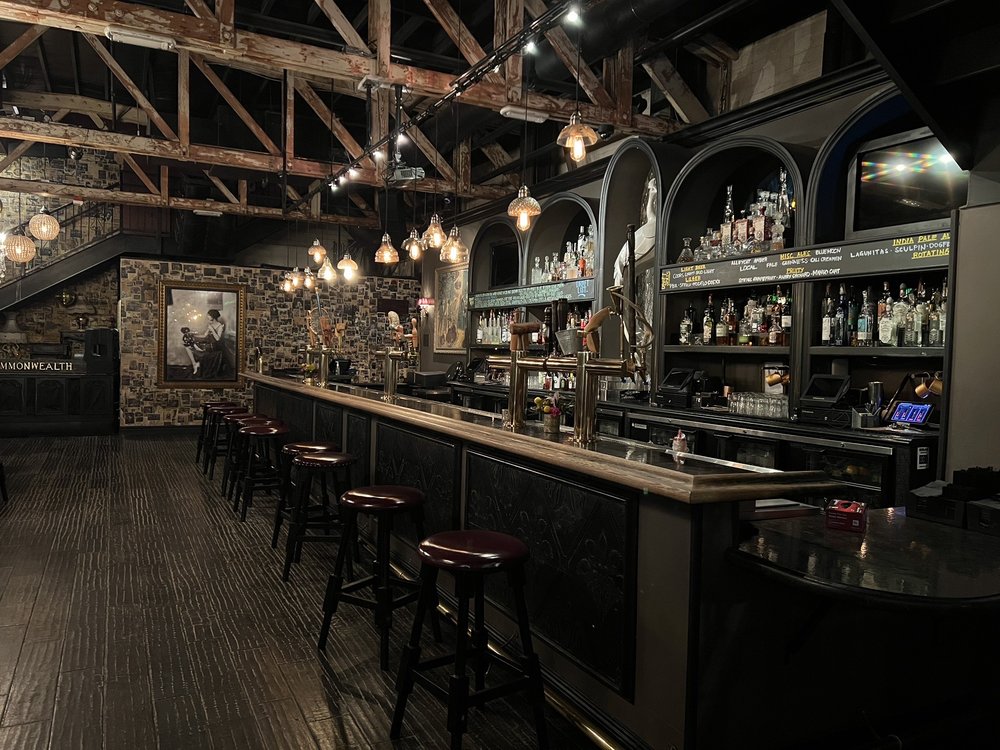
This intimate and tucked-away speakeasy is ideal for lovers who are after a quieter escape. It’s a tiny bar with a serious passion for mixology, with bartenders who are likely to spark up a conversation and figure out what sort of flavors tickle you. Just don’t come hungry—there’s no room for a kitchen.
Mizumi

According to Mizumi, ‘food is art’, which should clue you into the magical workings of this Japanese restaurant. Every dish is painstakingly prepared, offering a high-society-style gastronomic experience. Uniquely, you can choose from six different dining experiences, letting you go on a culinary journey with your date.
Stay Pirate (bar)
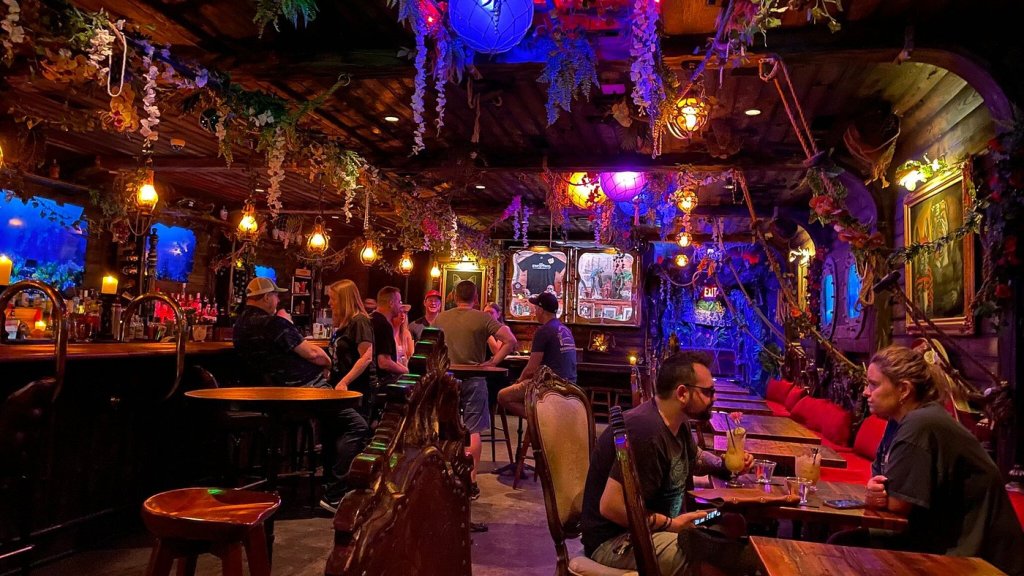
The theme is sort of like a tiki bar, except officially billed as a pirate ship captained by a dog that sunk to the bottom of the sea. You’ll either love the décor or hate it. If you love it, it’s the perfect spot for a cheeky and exotic cocktail experience. One that you won’t be able to stop taking pictures of.
Petrossian Bar

Part austere piano bar and part caviar lounge, it doesn’t get any bougier than the Petrossian Bar. There’s a massive Dale Chihuly art piece to enjoy, world-class champagne and caviar available, and, of course, live piano sets. It looks like the perfect place to stop for a drink before heading out for the night.
Skyfall Lounge

Located at the top of the W, Skyfall Lounge offers an unbeatable view of the Strip and the mountains beyond. You can enjoy artisanal cocktails and small appetizers while you float above the world. On weekend nights, expect light DJ fare.
